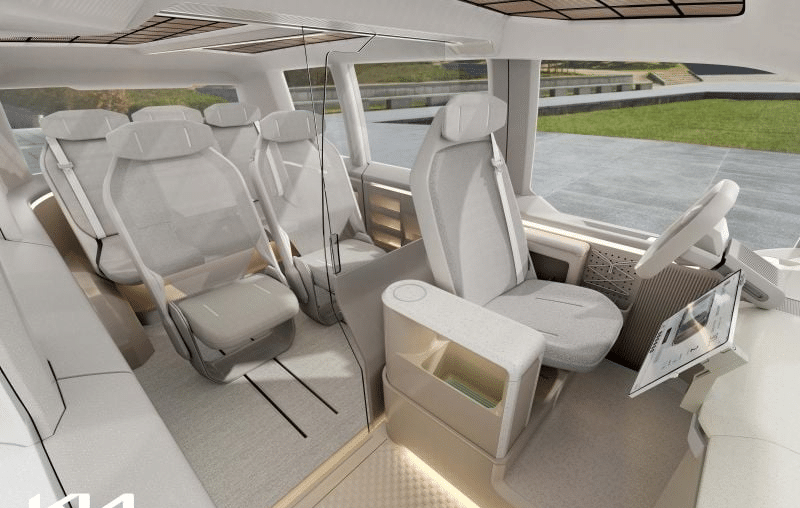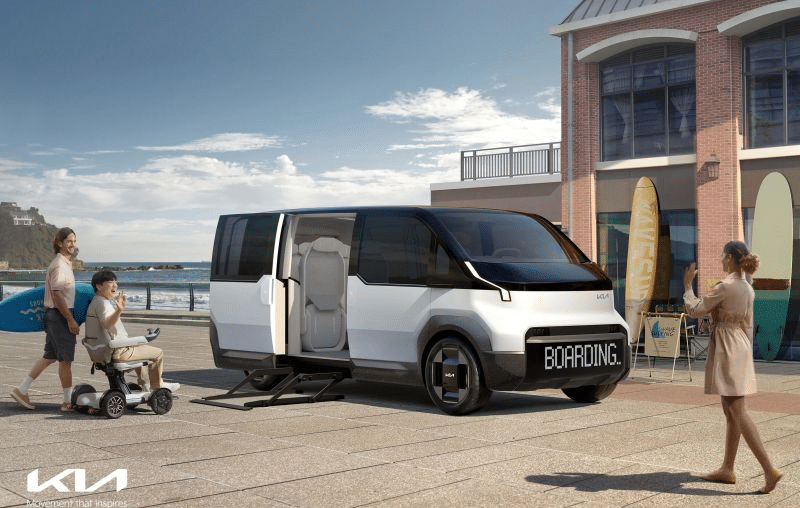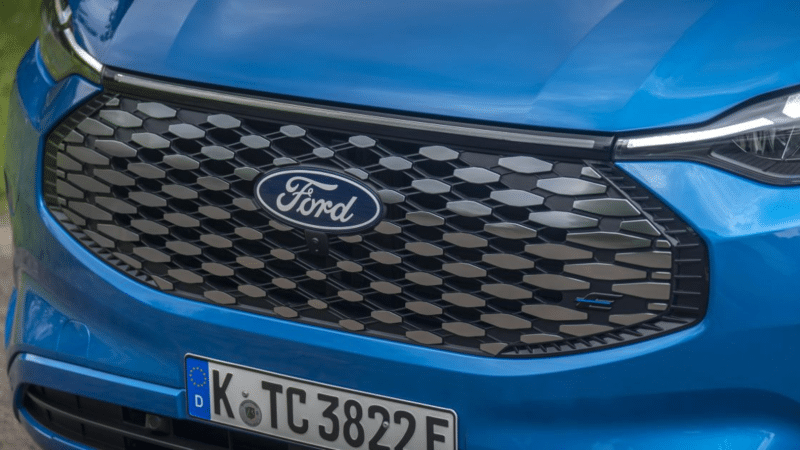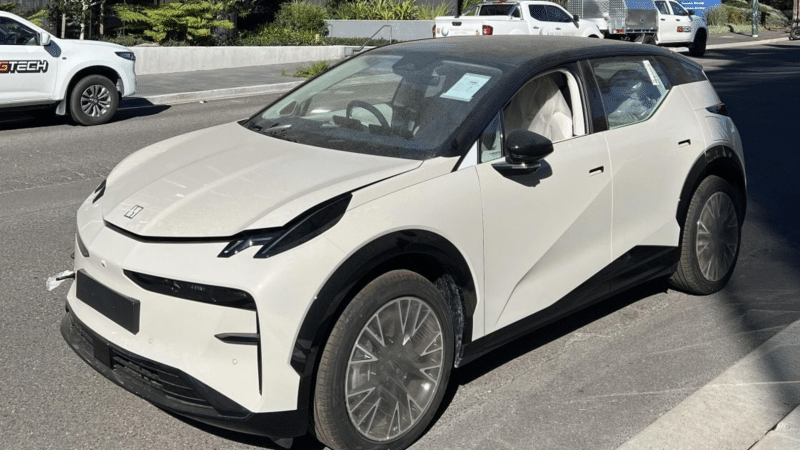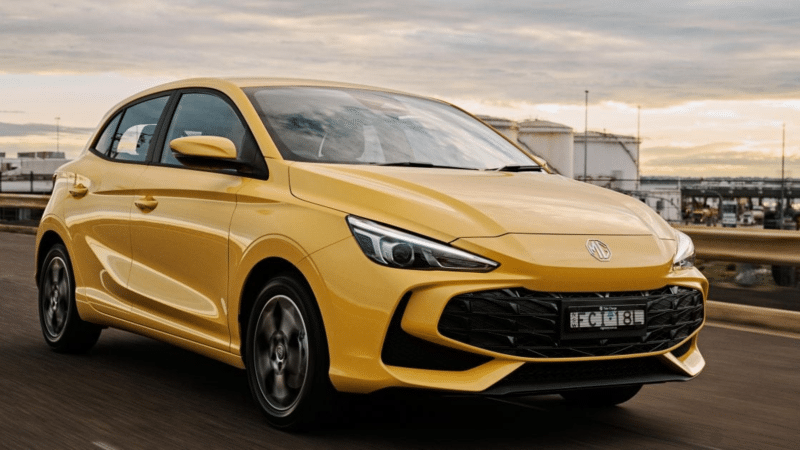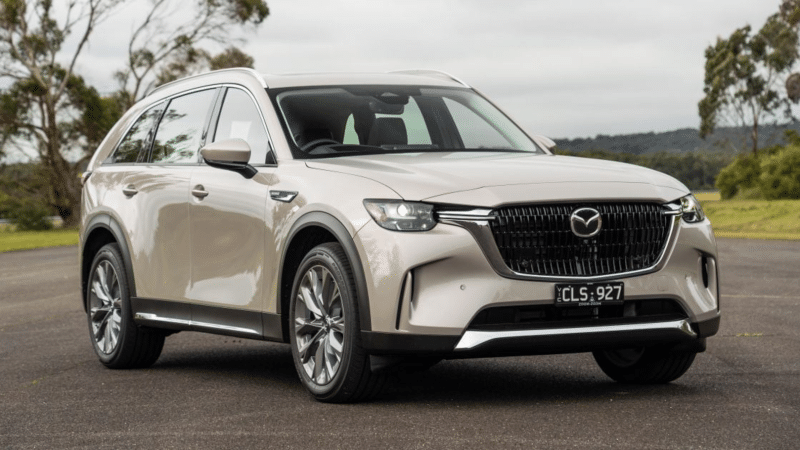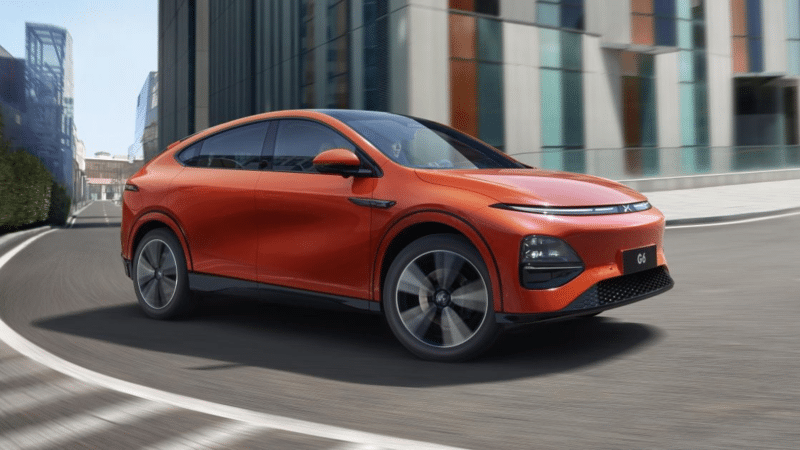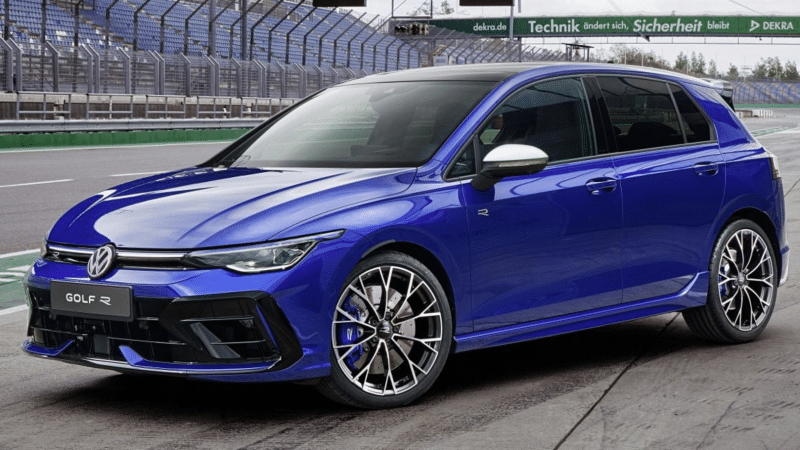Kia Unveils Future Purpose-Built Vehicle Range at CES 2024
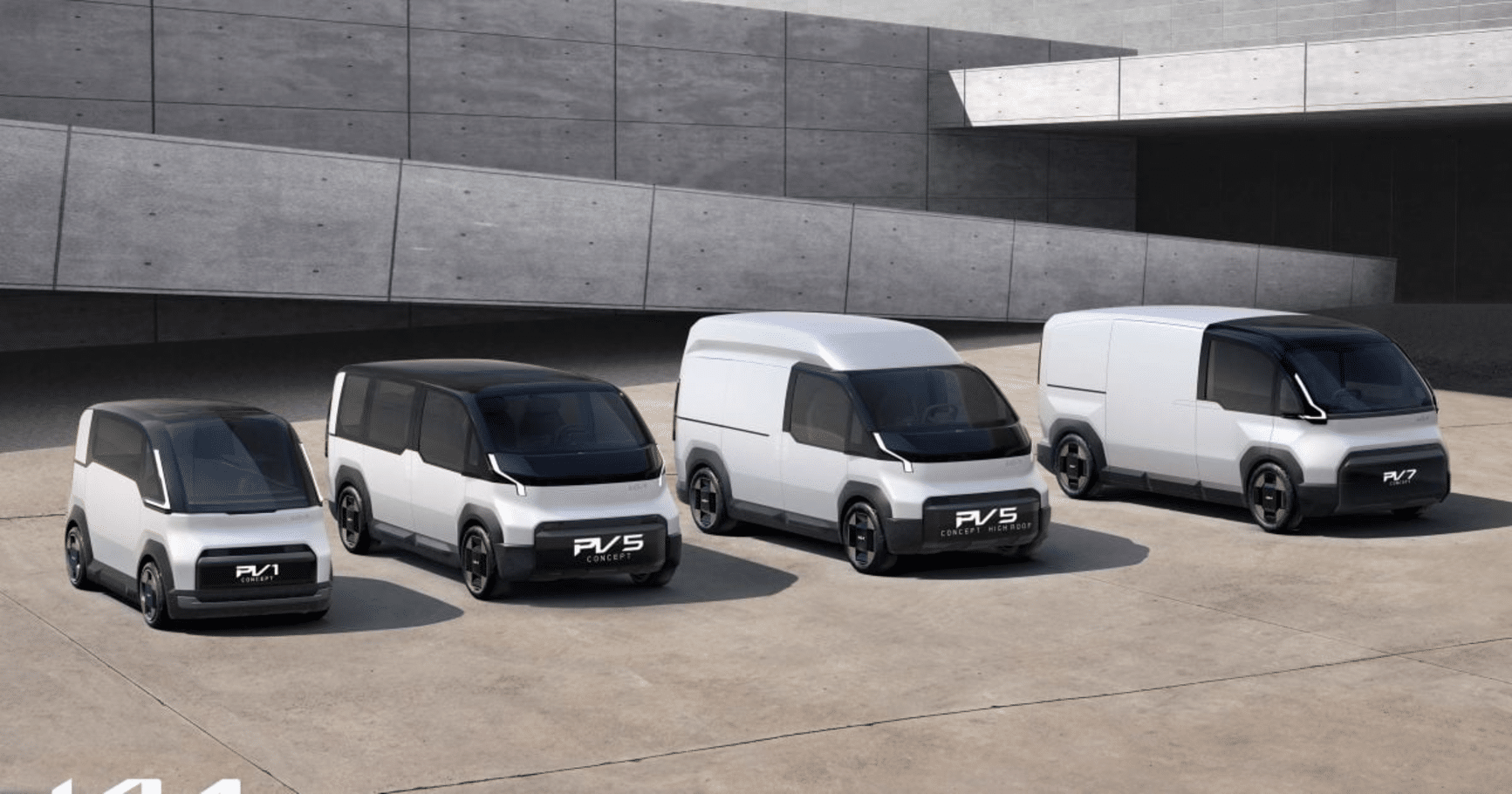
Kia Unveils Future Purpose-Built Vehicle Range at CES 2024
Are you ready for a future where vehicles are more than just means of transportation?
Kia has showcased its upcoming Platform Beyond Vehicles (PBVs) at CES 2024 in Las Vegas, giving a glimpse into the company’s future. These highly customizable vehicles are designed for businesses and will be introduced in three phases. The first phase will include the PV5 people mover and load carrier models, set to enter mass production in 2025. Let’s delve into the details of these innovative vehicles and what they have to offer.
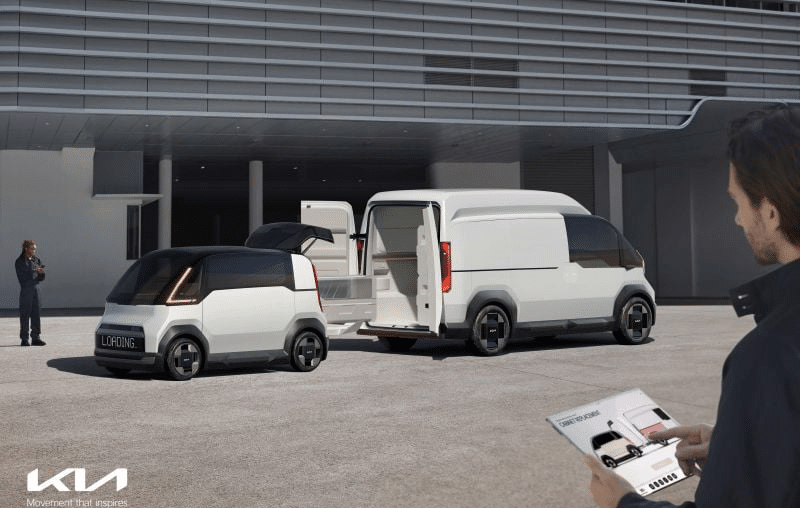
Kia has given us a glimpse into the future with its Platform Beyond Vehicles (PBVs). These concepts represent the company’s upcoming purpose-built vehicle range that will revolutionize the way businesses operate. With the first models set to enter mass production in 2025, Kia is ahead of the game in providing highly customizable vehicles designed specifically for businesses.
The PBVs will be showcased at CES 2024 in Las Vegas, where attendees can witness the cutting-edge technology and features they offer. One of the key highlights of these vehicles is their adaptability. Kia has designed them to be versatile and suitable for multiple uses throughout their lifetime.
The first two models in the PBV lineup are the PV5 and PV7, part of Kia’s phased rollout plan. The PV5, targeted primarily at rideshare, delivery operations, and utility businesses, will be built in a dedicated plant in Autoland Hwaseong, South Korea. It will offer various body styles, including basic, high-roof, and cab-chassis, catering to different business needs.
The PV5 is designed with convenience and functionality in mind. It features large sliding side doors and rear barn doors for easy loading and unloading of cargo or people. The electric vehicle platform provides a spacious and flat cargo area, maximizing the vehicle’s capacity.
Inside the PV5, Kia has created an innovative workspace for the driver. With the steering wheel folded down, the dashboard transforms into a desk-like surface, resembling an office environment. This thoughtful design allows drivers to be productive while on the go.
The PV1, the smallest model in the PBV lineup, will be primarily used for short-distance logistics transportation. It is designed to be maneuverable, with the front wheels capable of rotating almost 90 degrees for a tighter turning circle. While Kia has not revealed specific details about the PV7, it will be the largest vehicle in the lineup, offering ample cargo space and the largest batteries.
Kia aims to make the PBV lineup more than just vehicles. The company envisions them as AI-based mobility platforms that collect and utilize data to interact with drivers and keep the vehicles up to date. By leveraging the power of AI, Kia intends to create a personalized and efficient driving experience for users.
In addition to their adaptability and AI capabilities, the PBVs will also incorporate eco-friendly elements. Kia’s focus on sustainability is evident in the materials used for production. The PBVs will feature bio plastic, Post Consumer Material (PCM) plastic, bio paint, recycled PET fabric, felt and yarns, and bio-PU foam. By incorporating these materials, Kia aims to reduce its environmental impact.
To enhance efficiency and convenience, the PBVs will be equipped with Vehicle-to-Everything (V2X) technology. This feature allows drivers to power their mobile phones and emergency equipment while on the go, ensuring they are always connected and prepared.
Loading and unloading cargo will be a breeze with the PBVs’ modularity system. Rails on the ceiling, floor, and side panels will enable easy customization and adaptation to different cargo requirements. This system will save businesses time and effort in the logistics process.
As part of its phased rollout plan, Kia will introduce self-driving capabilities in the third phase. Teaming up with Motional, Kia plans to develop a PV5 Robotaxi that utilizes advanced Level 4 autonomous driving technology. This partnership highlights Kia’s commitment to staying at the forefront of technological advancements in the automotive industry.
Kia is already forging partnerships with well-known companies like Uber, Coupang, CJ Logistics, Kakao Mobility, and Dubai Taxi Corporation to strengthen its PBV-dedicated business system. These strategic collaborations will further enhance the PBVs’ capabilities and provide innovative solutions for businesses.
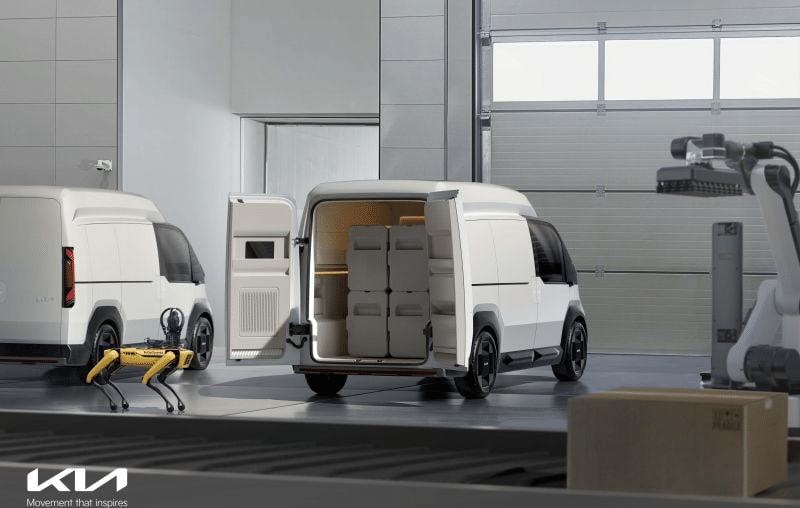
- Kia reveals four PBV concepts for its future vehicle range
- First models to enter mass production in 2025
- PBVs will be highly customizable for businesses
- PV5 and PV7 will be part of the first two phases
- All PBVs will feature fleet-based data software and AI technology
- V2X technology allows drivers to power mobile phones and emergency equipment
- PBVs designed for adaptability with ‘life modules’ and hybrid technology
- PBVs will feature a ‘dynamic hybrid’ body structure with reduced parts
- Kia focuses on eco-friendly materials for PBV production
- PV5 will be built in a dedicated plant in Autoland Hwaseong
- PV5 offers spacious cargo area, foldable steering wheel, and ‘office-like’ environment
- Remaining two models will be launched in the second phase
- PV1 designed for short-distance logistics transportation
- PV7 boasts the most cargo space and largest batteries
- PBVs to evolve into AI-based mobility platforms in phase two
- Modularity system for easier loading and unloading of cargo
- Self-driving capabilities to be introduced in the third phase
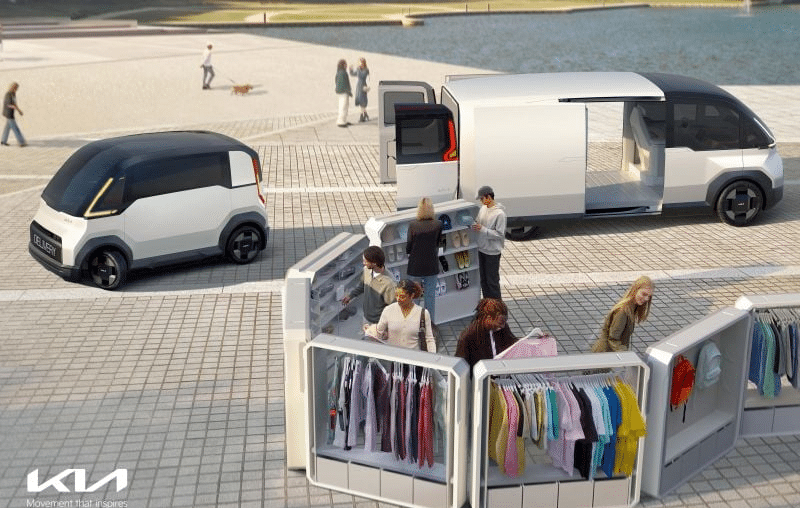
Kia’s PBVs are a glimpse into the future of purpose-built vehicles for businesses. With a phased rollout plan and innovative features like adaptability, AI technology, and eco-friendly materials, these vehicles are set to transform the way businesses operate. Kia’s dedication to sustainability and cutting-edge advancements positions them as a leader in the automotive industry. As we look forward to 2025, it’s exciting to see how Kia’s PBVs will revolutionize various industries.
